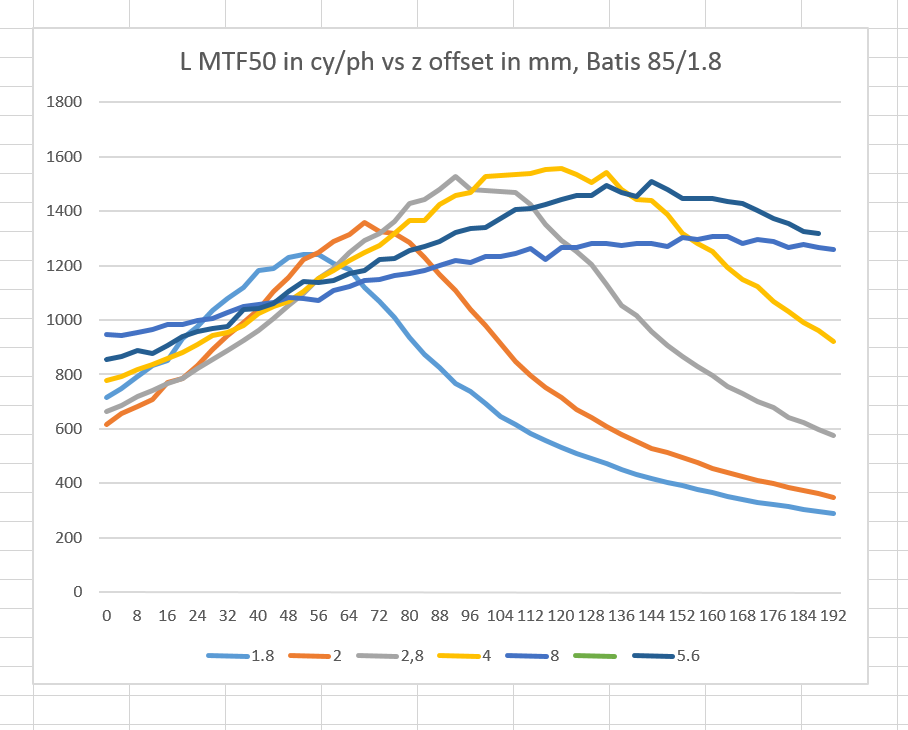Hi,
It is mostly caused by spherical aberration being not fully corrected.
Look at this image, from this article:http://toothwalker.org/optics/spherical.html

You see that the most periferal rays have a focal point at 'a' while the central rays ha a focal point at 'c'. With both central and peripheral rays present the best compromise is 'b'. Stopping down takes away the peripheral rays, so best focus is at 'c'.
Most lenses have a quite significant focus shift. Jim Kasson has done a lot of testing on this recently:
http://blog.kasson.com/?p=13369 This image illustrates the focus shift on the Zeiss Otus (85/1.4)

Jim has focused manually and used a Stackshot rail to take 41 exposures with the camera moving 192 mm between first and last exposure. The blue curve (f/1.4) maxes out at around 80 mm, while the yellow (f/4) one maxes at around 40 mm. So focus shifts around 40 mm when stopping down from f/1.5 to f/4. Subject distance here is 3.3 m.
This is Jim's figure for the Zeiss Batis 85/1.8 , something like 60 mm focus shift from f/1.8 to f/4

And the Leica Summicron (90/2) (around 50 mm shift in best focus going from f/2 to f/4

Best regards
Erik
I was wondering if any of you would be kind enough to explain Focus shit to me. I am new to the Nikon 14-24 for my D810. Just wondering when it becomes a problem and how I can work around it? Does AF not work properly at certain focal lengths?